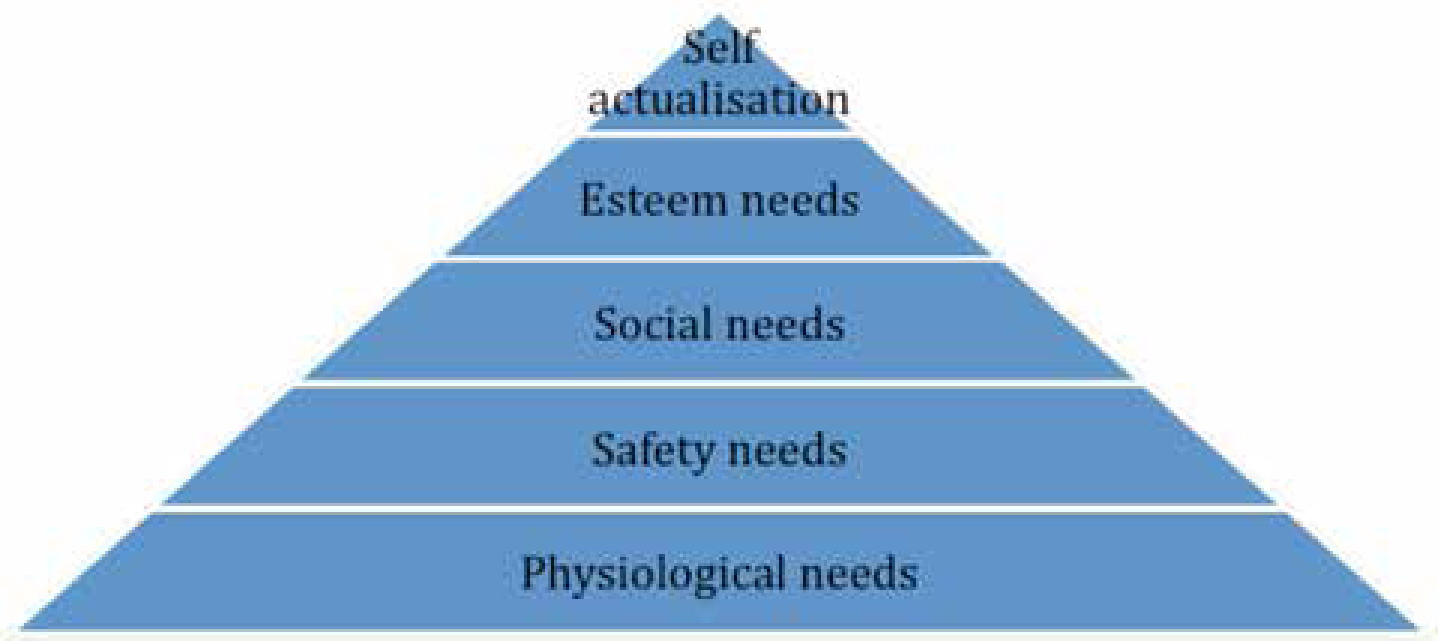Article

This series of four articles opens by discussing the concept of leadership and its importance in the fast changing world of dental practice. Styles of leadership are considered and the opportunity to develop your leadership skills is affirmed. Leadership is not something that you have to be born to; the art can be developed. Three pillars of leadership are proposed namely:
These articles aim to give the reader some straightforward ideas for developing leadership skills and a set of further reading references to help with further development.
Leadership Pillar 2 – Motivation
There are two aspects to consider in this pillar:
The development of your practice vision will be an important aspect of your personal inspiration and motivation. In fact, if your vision does not inspire you it is a tall order to expect it to inspire your team! Drucker felt that personal motivation was fundamental and stated:1
‘Your first and foremost job as leader is to manage your own energy, and help manage the energy of those around you.’
The importance of motivating the motivator
Common sense suggests that there is likely to be a linear relationship between your energy, enthusiasm and motivation and that of your team. Can you imagine a motivated dental team being led by a tired, miserable and bored dentist? Radcliffe describes four types of energy:2
To be a good leader therefore it is necessary first to look after your own well-being, health and motivation. Developing your practice vision is clearly a good start to this process. Imagine the effect on all of your energies if each day you went to work in a practice without a vision of the direction in which you firmly believed.
Motivating the team
What about your team's motivation, however? Could you afford to take the risk of including them in the development of the practice vision? If you are a predominantly autocratic leader (definition in article 1 of the series), this is not a risk which you will be prepared to take. Autocrats will need the charisma and bucket loads of credibility with the team in order to sell their vision.
The democrats and delegators will warm to this idea of involvement. Involving the team in developing the practice vision could clearly improve their motivation as it will enhance the feeling of belonging and being valued (see below). The process can be managed by working with the team on exercises similar to those discussed for you as an individual in the previous section. Team members articulate their passions about the sort of practice they would like to work in and they can even take the ‘helicopter view’ with you. Democrats will then have the final say on the text of the vision grid while delegators will simply facilitate the arrival at a consensus. A dental team is usually of a size moderate enough to involve all members in this process. The Virgin group might, however, struggle to do this at one meeting! The choice of predominant style, Autocrat, Democrat or Delegator (see section 1) is yours alone to make.
Many readers will be familiar with the work of Abraham Maslow3 producing the famous hierarchy of needs. His work on motivation started in the 1930s with his PhD in psychology. Maslow's work has stood the test of time, although the language of the initial work could now be held to be a little quaint (Figure 1).

Below is an interpretation of how Maslow's work could be relevant to the motivation of the dental team in more contemporary language. Maslow concluded that there were five levels in the hierarchy of needs to be met.
Level 1 - Basic physiological needs
The fastest way to an unhappy team is to have a work environment which has extremes of temperature, poor lighting or to deny staff proper breaks for food, drink and rest. We also need to earn enough money to provide an adequate living.
Level 2 – Safety needs
Any practice environment which is either physically unsafe or one in which the team feel mentally threatened will not benefit from a happy team. We need to feel secure at work.
Level 3 – The need to belong
Where a leader fosters a happy, family-like atmosphere in a practice which welcomes people and makes them feel that they belong to something worthwhile, staff begin to feel inspired. We like to feel involved at our workplace.
Level 4 – The need to be esteemed
Motivation really lifts off when team members feel valued and trusted with responsibility. We like to be appreciated.
Level 5 – The need for personal growth and fulfilment
If all of the previous four levels of need are being met, any practice which allows team members to enjoy their role, and to continue to develop their skills, can count on an inspired team. We like to pursue our working passions and to develop our skills.
In support of Maslow's theories, Kovach surveyed workers and found that the top 5 ‘job reward’ factors were in this order:4
This work seems to confirm Maslow's theory comprehensively, as indicated in parenthesis. We can therefore have some confidence in the validity of this long-standing work. This means that, once the dental leader has established a baseline of good wages and job security, a relationship between leader and team needs to develop so that members feel involved and appreciated. Hence Radcliffe calls this pillar ‘engage’ and he calls exercises such as developing the Vision together, ‘co-invention’.2 Radcliffe more or less dismisses the Autocrat style as ineffective and he states:
…‘my encouragement to you is not simply to ‘transmit’, ‘present’, ‘report’ or ‘tell’ but to ‘engage’ people so they want to work with you and build a Future with you.’
Imagine how difficult it is to be an Autocratic leader. The pressure is focused permanently on the leader to make decisions in an autocracy. Motivation will be almost entirely dependent on the leader's charisma and credibility. In a Democracy the load is shared, although the final say comes back to the leader.
At its best, the Delegator style of leadership can result in team members taking responsibility to the point where the practice is staffed by a group of ‘personal leaders’ inspired towards the practice vision. In dental practice we have boundaries of action for each ‘grade’ of dental healthcare worker (Scope of Practice) described by our Regulator (the General Dental Council)5 to which one must adhere. Within this limitation, encouraging team members to take responsibility can result in efficient delivery of services, with reduced stress on the leader. It is vital, where this happens, as Kotter explains, that the whole team is correctly ‘aligned’ and that each individual is not simply doing his/her own thing!6
The practice vision should be describing a future of interesting work. The processes of co-invention should add a feeling of belonging and being of value. Finally, the traits and behaviours of leaders can inspire their teams. The following list is mainly based on De Vita.7
The ideal leader
An ideal leader should:
The final pillar takes motivation and inspiration to the point where results are achieved on the way to your vision. The final pillar is about a word which is achieving more common parlance in healthcare today. That word is ‘outcomes’. The final article in this series will be about delivering the key outcomes.

